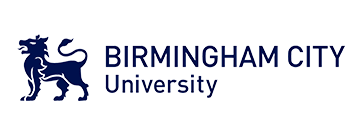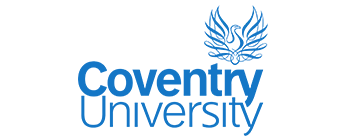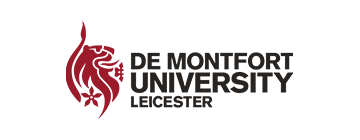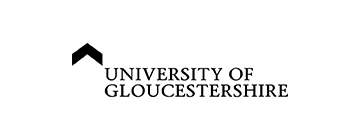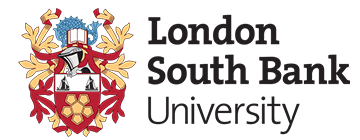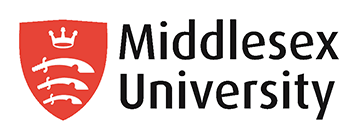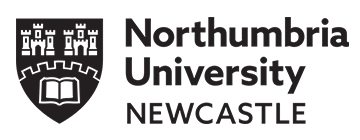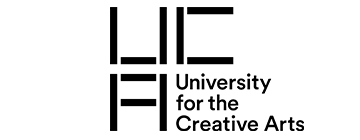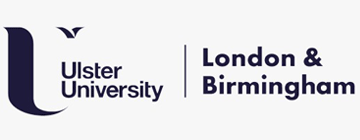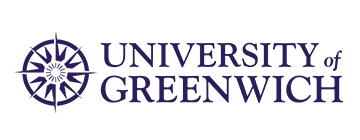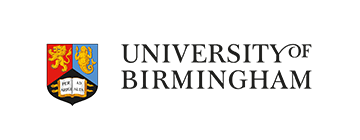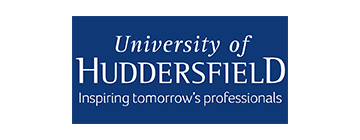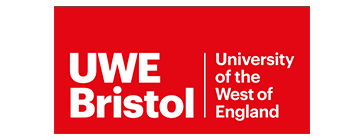Would you like to design aircraft? We’ll teach you how. We’ll train you up in everything you need to know, from aircraft structures and materials to aerodynamics. We’re passionate about aerospace, and it’s an important part of our institution’s history. It’s how we began. Working with the de Havilland Aircraft Corporation and BAE Systems, the first aerospace engineers started their training back in 1952. As a result, our degree has an excellent and well-established reputation within the aerospace industry.
University of Hertfordshire aerospace engineers graduate with practical experience of design and development for future aerospace systems. You’ll get hands-on with our flight simulators, wind tunnels, specialist laboratories and CAE software. We have an open-access laboratory policy for students doing experiments in their own time. With an emphasis on Computer Aided Engineering, you’ll be using industrial standard software wherever possible.
We're members of the CDIO Initiative (Conceive Design Implement Operate), a worldwide network of academic professionals, industry representatives and engineering leaders who have a passion for engineering education and engineering leadership. The CDIO framework has been embedded into our undergraduate degree programme, ensuring you’ll put into practice what you learn through “Design and Build” projects during your studies.
You’ll be taught by experienced aerospace staff, who’ll share their industry knowledge with you. There's plenty of support on offer to help you gain the skills you need to succeed. You'll get a personal tutor for the duration of your course, who can guide you all the way to graduation. You can also access our specialised Centre for Academic Skills. Our Learning Resources Centre is open 24/7, so you can study whenever suits you best, plus you’ll have access to online resources and online discussions with staff and students.
Like the students before you, you’ll benefit from our strong links to industry. Our students have had work placements at companies such as Airbus, Virgin Atlantic Engineering and BAE Systems. Recent Aerospace Engineering graduates have gone on to work at organisations including The Royal Air Force, Jaguar Land Rover and BAE Systems.
What's the course about?
In your first year, you’ll learn the fundamental skills and knowledge required by a modern engineer, including principles of flight and aircraft operations. You’ll be introduced to computer packages commonly used in the aerospace industry.
In your second year, the first-year core themes are developed for use in aerospace engineering. You’ll learn about the design process through group design and detail design work and expand your knowledge of aerodynamics, with wind tunnel experiments. If you want to take to the sky, you can fly at a local flying school.
Work placement/study abroad option: Between your second and final year, you’ll have the option to study abroad or do a work placement for up to a year. Not only will this give you an amazing experience to talk about but will also give your CV a boost. If you’d rather go straight to your final year, that’s absolutely fine too.
In your final year, you’ll work on two projects:
•The Aerospace Design group project - is where you’ll showcase your engineering skills. You will be allocated to a team to design an aircraft and test fly it using our flight simulator. Every year the design task is different – in previous years, our students designed wide body commercial airliners, heavy cargo aircraft, fire-fighting aircraft, and even strategic bombers.
•The Individual Major Project - is where you’ll immerse yourself in an area of aerospace engineering, you’re passionate about, using either the University or industrial facilities. This is a rewarding part of your degree that can lead to future employment.

